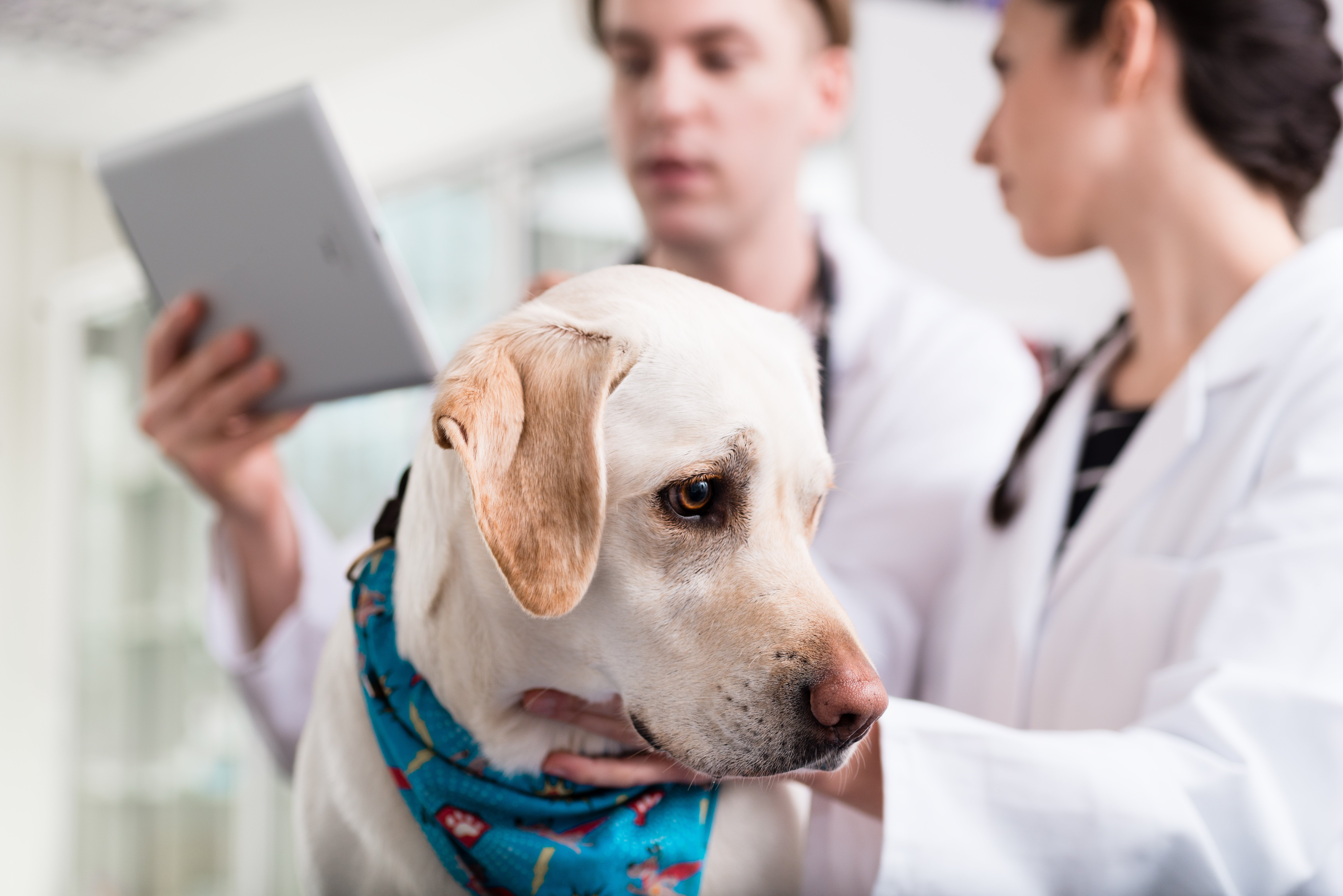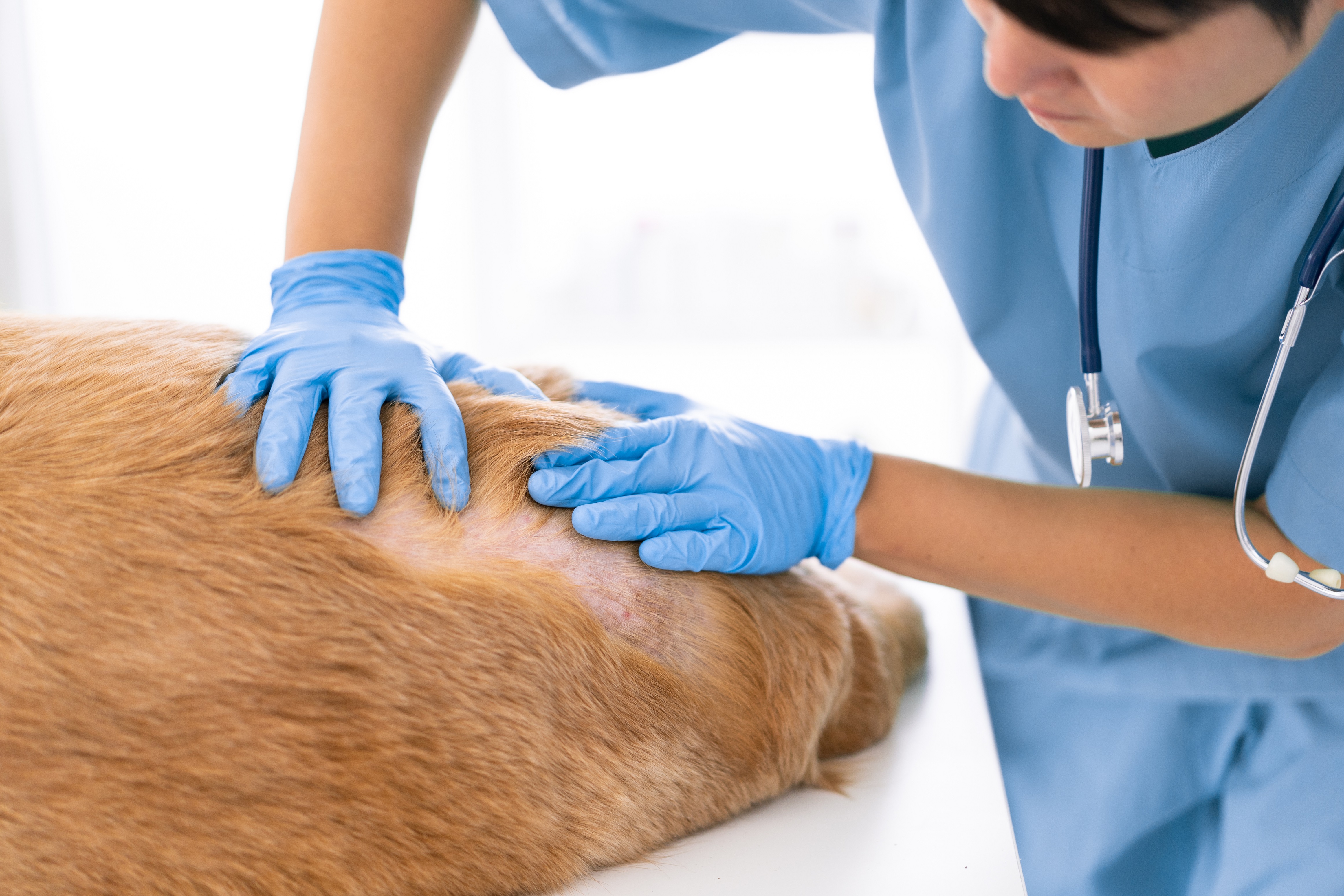Seborrhea is a common skin disorder in pets, particularly dogs, that can significantly impact their quality of life. As a veterinarian, it's crucial to recognize and treat this condition effectively to ensure the well-being of your patients. In this blog, we'll explore the two primary types of seborrhea: dry seborrhea (seborrhea sicca) and wet seborrhea (seborrhea oleosa), their symptoms, underlying causes, and treatment options.
What is Seborrhea?
Seborrhea is characterized by the excessive production of sebum, an oily substance produced by the sebaceous glands in the skin. This overproduction can lead to flaky, scaly skin and a greasy coat, making pets uncomfortable and prone to secondary infections.
Dry Seborrhea (Seborrhea Sicca)
Symptoms:
- Dry, flaky skin that resembles dandruff.
- Hair loss in affected areas.
- Itchiness and irritation.
- Secondary infections due to scratching and skin damage.
Causes:
- Genetic Predisposition: Certain breeds like Cocker Spaniels, Dachshunds, and Irish Setters are more prone to dry seborrhea.
- Nutritional Deficiencies: Lack of essential fatty acids, vitamins, or minerals.
- Environmental Factors: Dry climates or excessive bathing with harsh shampoos.
- Underlying Health Conditions: Hypothyroidism, allergies, or autoimmune diseases.
Treatment:
- Medicated shampoos or foams such as Zincoseb or Dermoscent Essential 6 Sebo shampoo.
Zincoseb is recommended for dogs, cats and horses with flaky skin. It helps to normalise sebum production and reduce dandruff, by stimulating the formation of new skin cells. It also has a moisturising effect and a pleasant smell. It is available as shampoo or rinse-free foam.
Thanks to its soap-free formula rich in in active ingredients of 100% natural origin, Dermoscent Essential 6® Sebo Shampoo gently cleanses, eliminates dandruff and bad odors, improves coat shine and rebalances the skin. Moreover, it moisturizes and helps reinforce the skin barrier.
- Dietary Supplements such as Omega-3 fatty acids to improve skin health.
Dr Baddaky Omega-3 is a premium-quality fish oil produced in Norway and recommended for dogs, cats and horses, with high levels of essential omega-3 fatty acids (EPA and DHA) for promoting healthy skin, coat and overall health.
- Hydration: Ensuring the pet remains well-hydrated.
- Addressing Underlying Conditions: Treating any primary health issues contributing to the seborrhea.
Wet Seborrhea (Seborrhea Oleosa)
Symptoms:
- Greasy, oily skin and coat.
- A strong, unpleasant odor.
- Yellow or brown scales on the skin.
- Increased susceptibility to bacterial and fungal infections.
Causes:
- Genetic Factors: Breeds such as Basset Hounds, West Highland White Terriers, and Shar-Peis are commonly affected.
- Hormonal Imbalances: Conditions like Cushing's disease or hypothyroidism.
- Allergies: Food or environmental allergens triggering excessive sebum production.
- Skin Infections: Bacterial or fungal infections exacerbating the oiliness, such as Malassezia.
Treatment:
- Medicated shampoos or foams such as Zincoseb or Dermoscent Essential 6 Sebo shampoo.
Zincoseb contains Salicylic acid, Zinc gluconate and Chlorhexidine digluconate and can be used single or to complement other treatments of Malassezia dermatitis.
Dermoscent Essential 6® Sebo Shampoo with its sebo-regulating action provides an efficient solution to oily skin and coat.
- Antimicrobial Therapy: medicated shampoos such as Peptivet (Antimicrobial peptides) or Clorexyderm (Chlorhexidine digluconate in higher concentrations), or additional antibiotics and antifungal medications when applicable.
- Dietary Adjustments: Ensuring a balanced diet with adequate fatty acids and nutrients.
- Managing Underlying Conditions: Proper diagnosis and treatment of hormonal or allergic issues.
Diagnosis and Management
Accurate diagnosis is essential for effective treatment. A thorough history and physical examination are crucial, followed by specific diagnostic tests such as:
- Skin Scrapings and Cytology: To identify secondary infections.
- Blood Tests: To check for underlying conditions like hormonal imbalances.
- Allergy Testing: To determine potential primary cause.
Managing seborrhea involves a combination of treatments tailored to the individual pet's needs. Regular follow-up appointments are vital to monitor progress and adjust treatment plans as necessary. Client education is also crucial, as pet owners need to understand the chronic nature of seborrhea and the importance of consistent care and management.
 Global English
Global English

 Danmark
Danmark
 Deutschland
Deutschland
 Bélgique (FR)
Bélgique (FR)
 Nederland
Nederland
 Norge
Norge
 Sverige
Sverige



